The world of human resources is constantly evolving with technology, workplace trends, and human psychology. This is one of the reasons why it is such an exciting field to enter. As you grow your HR career, stay up-to-date on common changes found in workplaces across the country. Check out these five key trends in HR this year.
1. Using technology to connect with workers.
Data has become the currency of the modern era, and rightfully so. HR professionals can use employee data to better understand their workforce and take steps to create a healthy work environment. For example, a human resources information system (HRIS) can help HR teams understand employee turnover trends and gauge worker engagement. A HRIS system allows the company to take steps to improve the company culture or address a team issue before it becomes severe.
2. Offering wellness perks to employees.
Wellness is a large umbrella term that covers the physical, mental, and emotional health of workers. Companies have long focused on mental health by ensuring employees are challenged to do their best while maintaining a work-life balance. However, more organizations are turning to physical health perks by encouraging workers to eat well and be more active.
Check out a few office fitness challenge apps that can help your employees exercise more throughout the workweek. Some of these apps offer prizes for participants while others focus on education to help people learn healthy exercise habits. By investing in a healthy lifestyle for your employees, you’ll be showing that you care about employee health. This will make everyone, new employees, and longtime employees, feel valued and is an organic way to improve employee engagement.
3. Providing long-term remote work options.
Remote work was already a popular trend before the COVID-19 pandemic. Before the crisis, five million employees (3.6% of the U.S. employee workforce) worked from home at least half the time or more. Since 2005, the remote workforce has grown 173%, a number that is likely to spike as companies offer permanent remote work when the pandemic ends.
Consider which jobs can be done remotely in your organization and look to offer work from home options. This can save your company in real estate costs while also boosting productivity and engagement as employees embrace the remote work lifestyle. Having more people who work from home will mean you need to consider new ways to think about workforce management, another topic that human resources departments can excel by using information systems and HRIS systems.
4. Training employees at all organizational levels.
Employees want to work for companies that invest back in them, and that doesn’t just mean encouraging physical activity with a walking challenge. According to LinkedIn’s 2019 Workforce Learning Report, 94% of employees say they would stay at a company longer if their employers helped them learn.
There are countless ways to provide learning opportunities for your staff. Teams can attend webinars, go to conferences, cross-train with their peers, and shadow management for a day. These opportunities vary in cost, but many are affordable for even small organizations. Training also provides significant benefits to your organization. Employees will be better equipped to advance internally and can cover for their peers when they are sick or on vacation. This can be a huge help to large organizations that want to help new hires advance and become more productive.
Staff training and learning should be a part of every level of your company, from a new employee learning the basics of accounting to a senior vice president attending a leadership conference.
5. Focusing on soft skill development.
Soft skills are intangible traits that employees apply to the workplace. They include things like problem-solving, empathy, critical thinking, and communication. Hard skills, meanwhile, refer to tangible knowledge that can be trained or taught in regard to a position.
For example, you can teach an employee how to use a software system. It is much harder to train someone on how to collaborate with others to complete a project on time. As you look to improve your training efforts, consider how you can improve the soft skills of your employees so they work better together.
Keeping up with HR trends can help you move the companies you work for forward. By investing in employee health, staff training, and a state-of-the-art HRIS system, you can better connect with employees and create a happy, productive place to work. Remember the value you provide as you launch your HR manager career.





